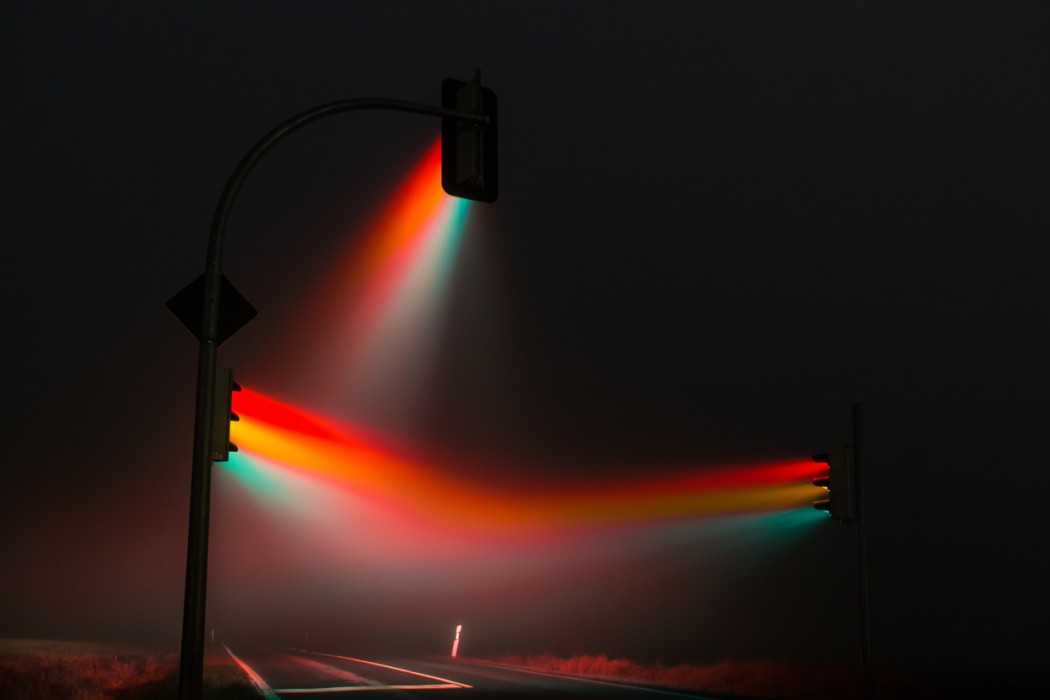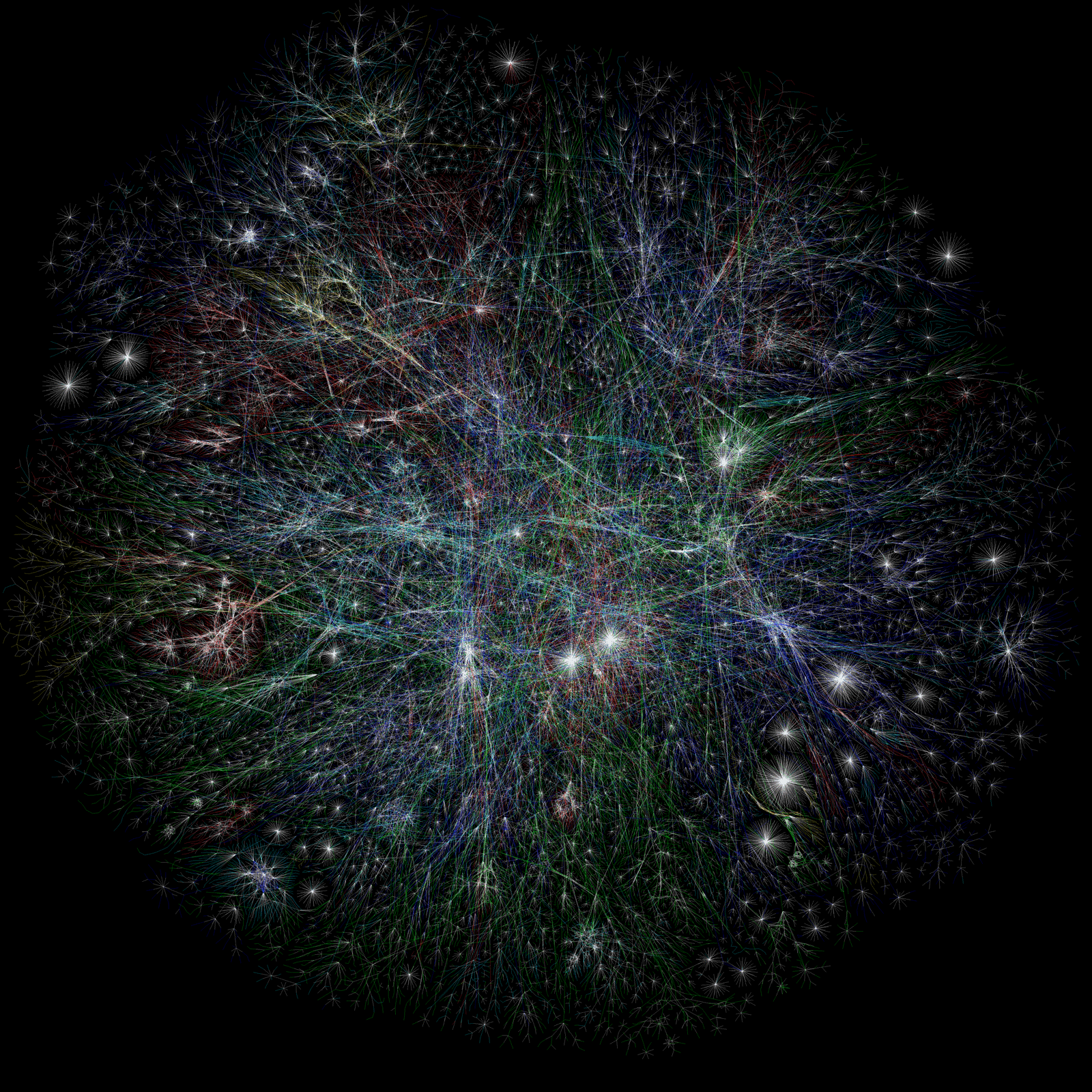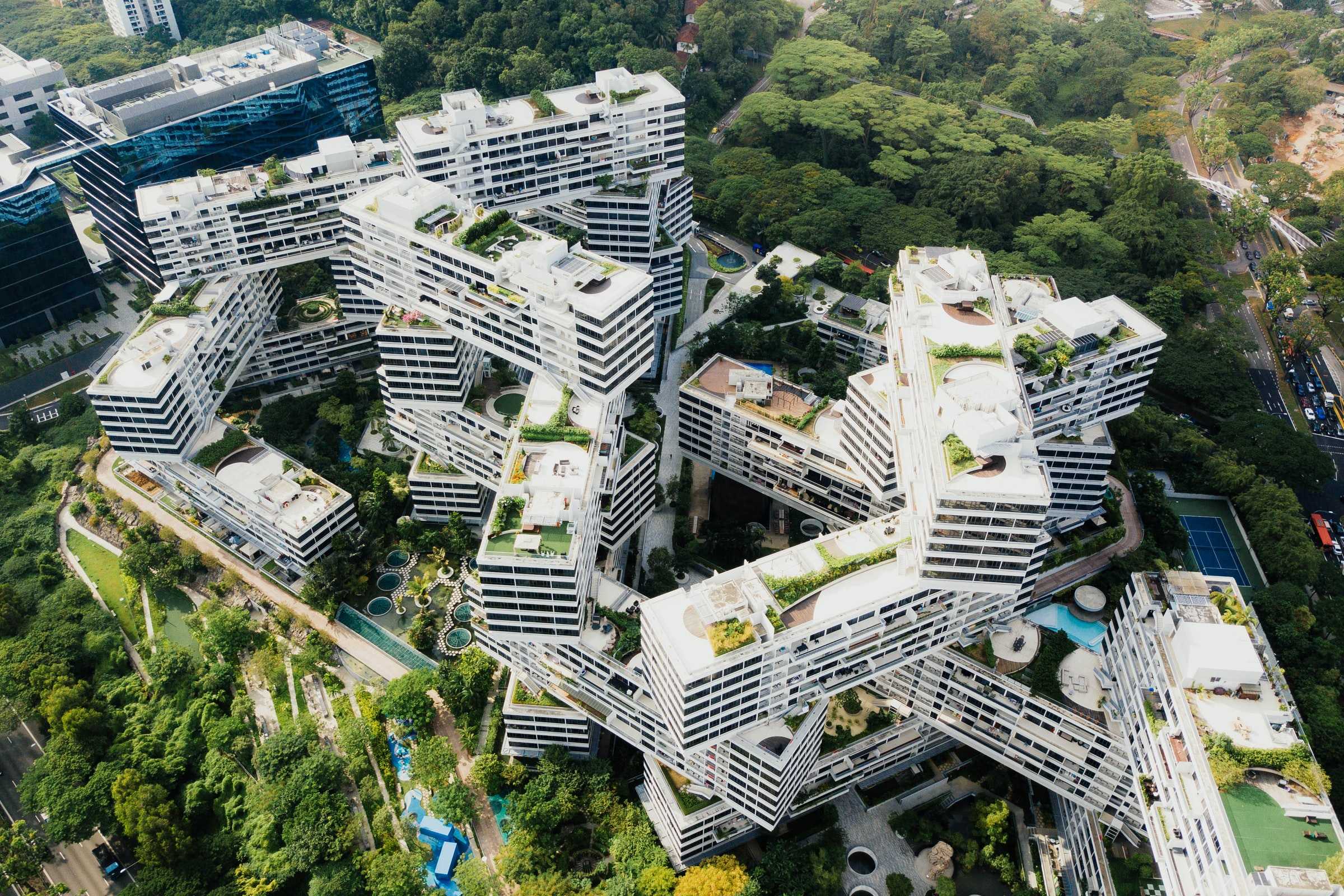
The Coolector
Stakes rise over smart streetlights
Fully one-quarter of streetlights globally have been converted to LEDs, but efforts to complete this “foundational layer” for smart cities projects will total some $28 billion over the next decade. Three sometimes conflicting realities will shape the rollout:
- Streetlights are a durable, widely-distributed, high-visibility point for deployment of sensors and wireless infrastructure essential to smart city services—cities will want to put a premium on interoperability and avoiding vendor capture.
- Cities' fiscal constraints for innovation means energy service companies are an important source of finance.
- The vendor landscape for smart streetlighting is fragmented, and ripe for consolidation.
This suggests renewed focus on street-lighting as -the- platform for smart city ambitions, and that major tech players may make a play at using them as leverage points of public-private partnerships.




..png)
